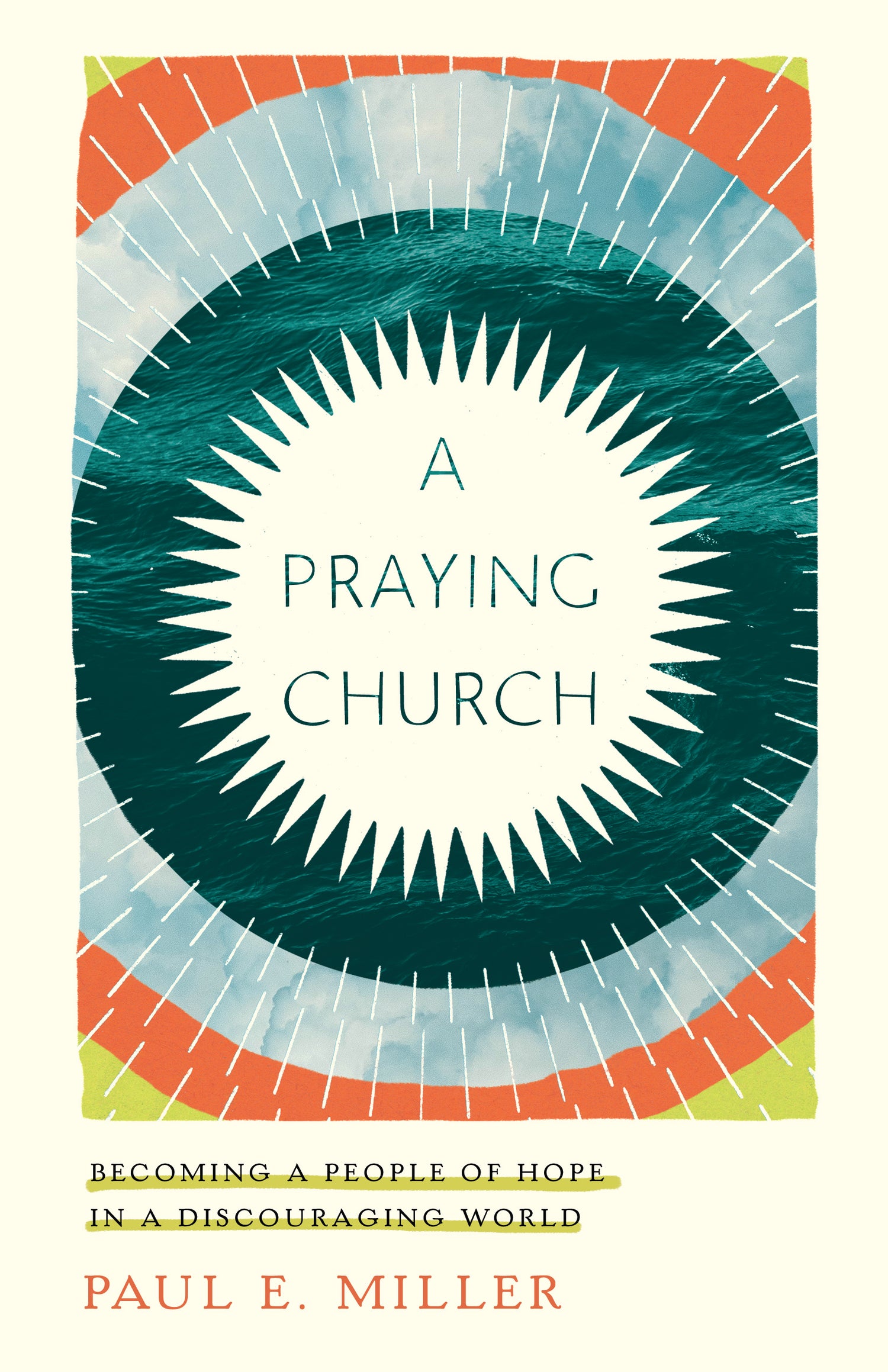The Apostle Paul’s description of the incarnation, death, and resurrection of Jesus in Philippians 2 is uniquely told from Jesus’ point of view. It's actually the only place in the New Testament where we look at the story of Jesus’ life, what we call the J-Curve, from Jesus’ perspective.
We can see a picture of this J-Curve in verses 5-11, which I’ve sketched out below.

If we look closely, we see Paul uses seven action verbs to describe Jesus’ downward journey:
- did not count equality...a thing to be grasped
- emptied himself
- taking the form of slave
- being born in the likeness of men
- being found in human form
- humbled himself
- by becoming obedient
Jesus took seven actions, moving his descent forward step-by-step.
But what steps does Jesus take in his resurrection? What verbs does Paul use to describe Jesus’ upward journey?
9 Therefore God has highly exalted him and bestowed on him the name that is above every name, 10 so that at the name of Jesus every knee should bow, in heaven and on earth and under the earth, 11 and every tongue confess that Jesus Christ is Lord, to the glory of God the Father.
God is the one taking action in Jesus’ resurrection. Paul is pointing out something that's really important for love: we do the dying, but God does the resurrecting. This doesn't mean that we’re completely passive in resurrection. But the energy, ideas, and the people that help—all of that is from the father. It's the father's gift to us.
Paul is pointing out something that's really important for love: we do the dying, but God does the resurrecting.
I have a very strong temptation to try and do resurrection in my own strength, which can be frustrating since I can’t really make it happen. So to understand that resurrection is not my job is actually kind of freeing. I can be active in my deaths, but I wait for the father in the resurrection. This helps me relax in my deaths. I don’t have to demand that a resurrection happens in my timing, by my methods, or even that it takes on a certain character.
There's also this causal link between the obedience of the son and the father's reaction. It’s kind of like a bungee jump. Now while I'm usually pretty adventurous, I have no desire to gain personal experience with a bungee jump. But we all know how it works: there's this huge drop when the jumper jumps, which converts his stored potential energy into kinetic energy. Then that kinetic energy collects again into a burst of potential energy that lifts him again as the cord is fully stretched. We see something similar happen at the resurrection, where there’s this incredible release of the father's energy—pure joy!—in response to his son’s obedience to the point of death on a cross. It’s just stunning.
So now, when I’m at the bottom of the J-Curve, I’m mindful that resurrection tension is building and building the lower I go. But still I have no idea when resurrection will come. I’ve noticed again and again this certain quality about resurrections. They tend to be quick and surprising, like fireworks.
When I remember that my part is the dying and God does the rising, I can stop trying to organize my own resurrection and begin to hunt for his fireworks.
The Apostle Paul gives us a glimpse of his experience of these fireworks at the end of chapter 3 when he proclaims, “Now to him who's able to do beyond all that we can ask or imagine…”. When I remember that my part is the dying and God does the rising, I can stop trying to organize my own resurrection and begin to hunt for his fireworks. Even life down low begins to sparkle when you watch with a resurrection lens!
This article was adapted from Paul's comments in one of our podcast conversations. You can listen to the full episode here.








